
How can retailers stay competitive in today's fast-changing market? The key is offering a seamless shopping experience across multiple platforms.
Studies show that personalized experiences drive customer loyalty, yet only 35% of companies manage to deliver this effectively. Omnichannel strategies help businesses engage customers across all touchpoints, increasing retention by 90% compared to single-channel stores. Retailers using multiple channels experience 250% more engagement.
The global market for omnichannel retail solutions was valued at USD 5.96 billion in 2021 and is projected to grow to USD 17.92 billion by 2030, with an annual growth rate of 13.6% from 2022 to 2030.
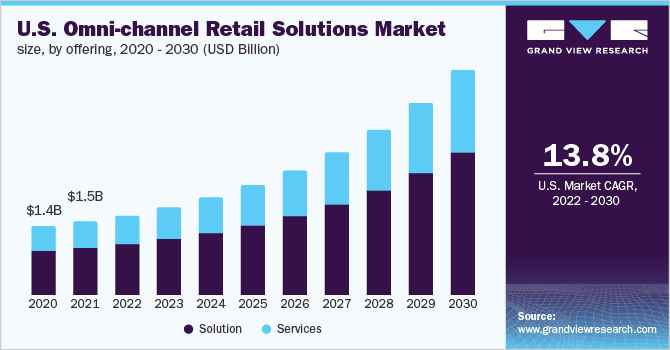
Source: Grand View Research
Let's start with a definition,
What Are Omnichannel Retail Solutions?
Omnichannel retail solutions allow businesses to offer a seamless shopping experience across multiple channels, both online and offline. This approach integrates physical stores, online websites, mobile apps, social media, and other sales platforms. Customers can interact with a brand consistently and cohesively.
Benefits of Omnichannel Retail Solutions
Enhanced Customer Experience
A seamless shopping experience across multiple channels lets customers shop the way they prefer. They can browse products online, check in-store availability, and pick up their purchases. This flexibility, consistent pricing, and service quality ensure a smooth and satisfying shopping journey that meets today’s consumer expectations.
Improved Brand Loyalty
Customers feel more connected to a brand when they receive consistent messaging and personalized experiences across all platforms. This builds trust and encourages repeat purchases. Integrated loyalty programs that work across channels make these relationships even stronger, leading to more loyal customers and brand advocates.
Higher Conversion Rate
Analyzing customer data from different touchpoints helps retailers spot and eliminate barriers in the buying process. It allows for targeted marketing, personalized recommendations, and easier checkout, resulting in higher conversion rates as customers face fewer obstacles when making a purchase.
Streamlined Operations
Integrating all channels helps improve efficiency by unifying inventory, customer data, and marketing efforts. This reduces costs, minimizes errors, and allows businesses to adapt to market changes and customer needs quickly.
Examples of Omnichannel Retailing
Several retailers have already implemented omnichannel strategies with great success. Here are a few:
Flipkart
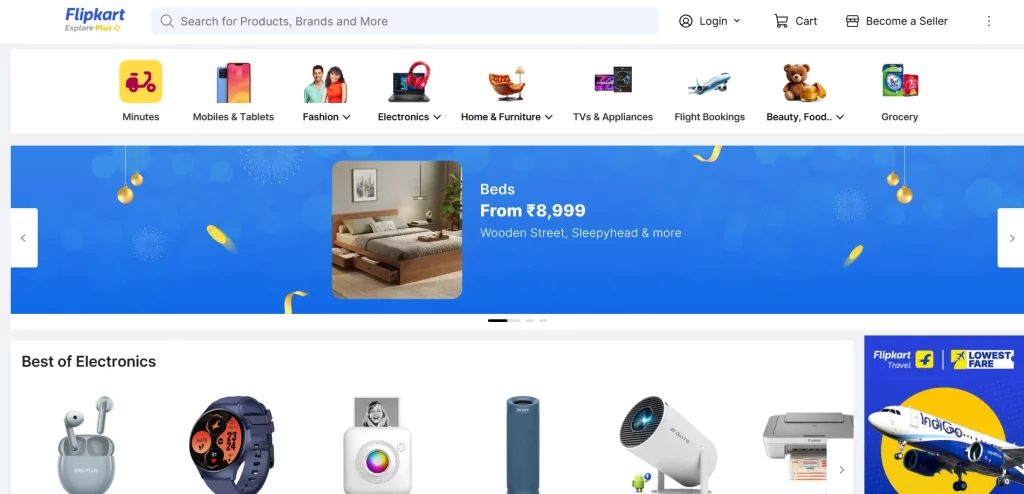
Omni Retail Flipkart, one of India’s largest e-commerce platforms, has successfully implemented an omnichannel retailing strategy that combines online and offline shopping experiences. By linking its e-commerce platform with physical stores, Flipkart allows customers to buy products online and pick them up at a nearby location, providing greater convenience for those who prefer not to wait for home delivery.
Walmart
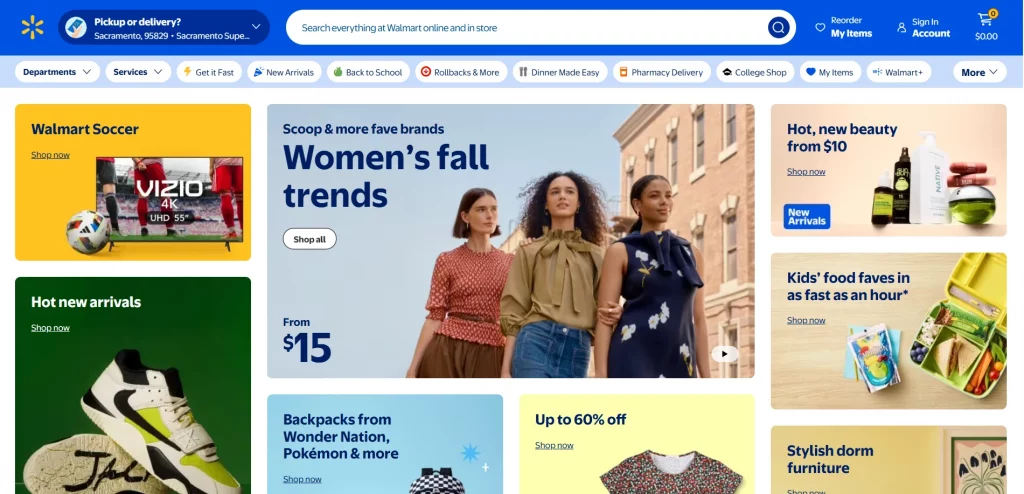
Through its “Buy Online, Pick Up in Store” (BOPIS) service, Walmart has successfully combined its physical and digital storefronts. This strategy allows customers to shop online and collect items from the store, eliminating shipping time and offering a more flexible shopping experience.
Nordstrom
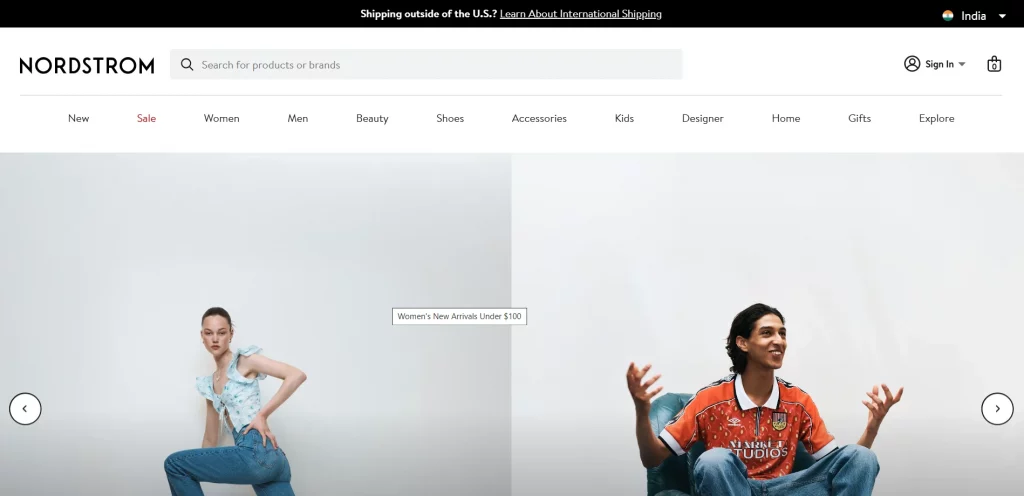
Nordstrom has successfully integrated online and in-store experiences, allowing customers to browse and purchase products online, try them in-store, or return online orders at physical locations. Their mobile app enhances personalization by offering real-time inventory updates, product availability, and stylist assistance. Additionally, options like buy online, pick up in store (BOPIS) offer convenience and flexibility, making the shopping experience seamless.
Target
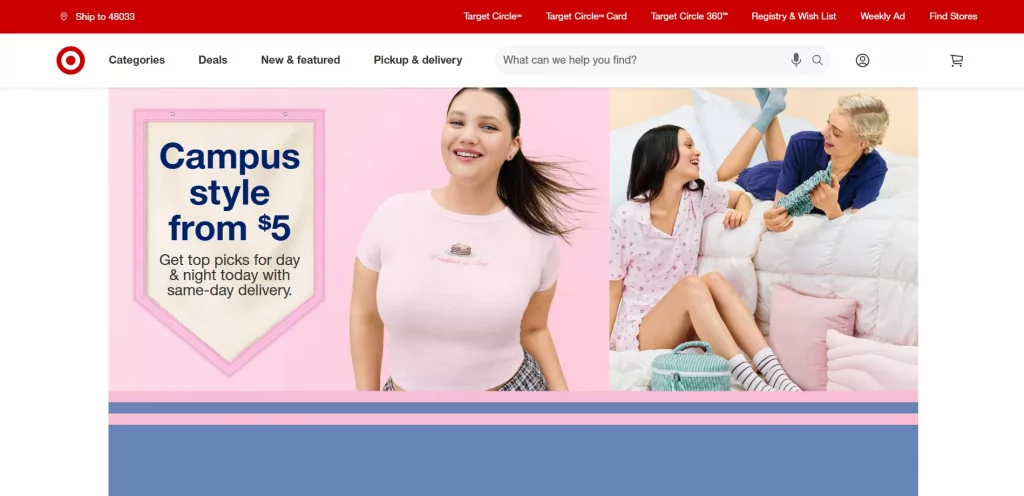
Target has connected its website, mobile app, and brick-and-mortar stores to create a unified shopping experience for customers. One of the standout features of Target’s omnichannel offering is the Drive Up service, where customers can order products online and have them delivered straight to their car at a nearby store.
Best Buy
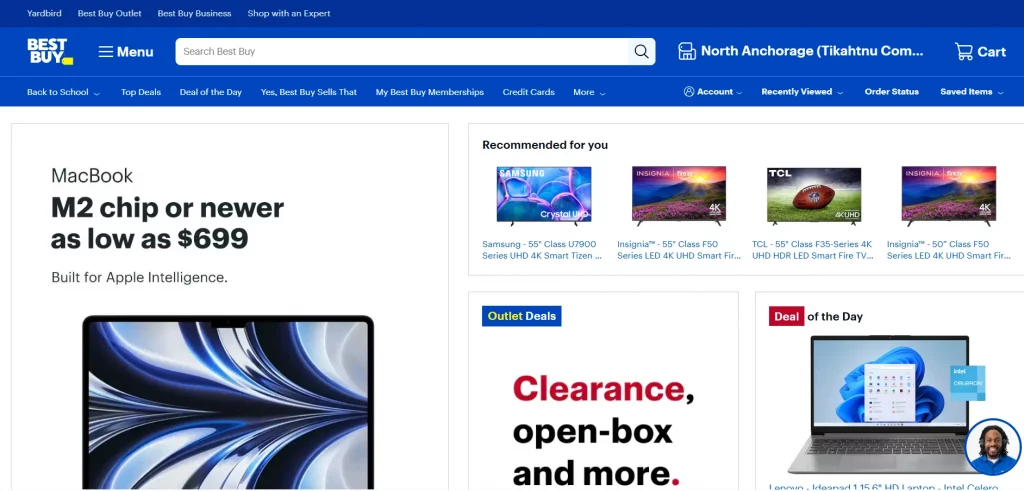
Best Buy has successfully integrated its physical and digital retail strategies with its "buy online, pick up in-store" model, which allows customers to shop from the comfort of their homes and pick up their products at a local store. This service is ideal for customers who require their items quickly without the hassle of delivery charges.
Let's explore next, examples of top omnichannel solutions that help retailers integrate their online and offline sales channels for a unified shopping experience:
Examples of Top Omnichannel Retail Solutions
Here's a breakdown of each platform:
Shopify
Shopify allows businesses to sell across various channels, including online stores, physical locations (with Shopify POS), social media platforms (like Facebook and Instagram), marketplaces such as Amazon, and more.
PredictSpring
This platform connects online and in-store experiences through store associate apps, allowing features like instant search, real-time inventory updates, and clienteling, which helps store associates offer personalized service.
Unicommerce
Unicommerce offers an omnichannel platform that integrates online and offline stores, optimizing inventory management and streamlining order fulfillment across multiple sales channels to improve operational efficiency.
Anchanto
Anchanto provides a platform for managing high-volume retail operations, including inventory management, sales channel control, and fulfillment, enabling retailers to manage sales across various markets and channels efficiently.
Conclusion: Moving Forward with Omnichannel Retailing
The future of retail lies in creating a unified and personalized experience across all customer touchpoints. By learning from omnichannel retailing solutions and adopting these practices, you can position your business for long-term success.
FAQs Omnichannel Retailing Solutions
1. How does Amazon Prime support omnichannel retailing?
Amazon Prime supports omnichannel retailing with fast delivery, in-store discounts, and access to digital content, offering a seamless experience across online and offline channels.
2. How does omnichannel retailing benefit businesses?
It enhances customer satisfaction by providing a shopping experience across all platforms, leading to increased engagement and higher sales.
3. Can omnichannel solutions improve inventory management?
Yes, this can help you manage inventory in real-time, ensuring stock is updated and available across all channels, reducing the risk of stockouts or overstock.
4. What is the key focus of omni-channel retailing?
The key focus of omni-channel retailing is to provide a seamless and integrated customer experience across all available channels, including physical stores, online platforms, and mobile apps.
5. How does omnichannel retailing affect customer experience?
This offers customers flexibility and convenience, allowing them to shop anytime, anywhere, and on their preferred device, ultimately creating a more personalized and satisfying experience.

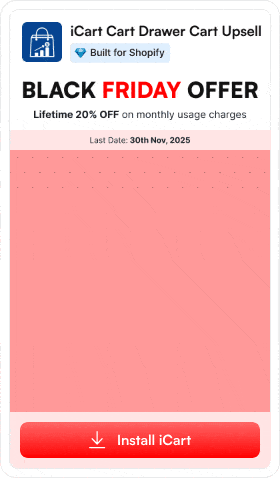
![BigCommerce to Shopify Migration in 7 Easy Steps [2025] BigCommerce to Shopify Migration in 7 Easy Steps [2025]](https://www.identixweb.com/wp-content/uploads/2025/11/26-11-Wed-Blog-Step-by-step-Guide-to-Migrate-from-BigCommerce-to-Shopify_.webp)
![Best Shopify Bundle Apps to Create Bundles That Convert [2025] Best Shopify Bundle Apps to Create Bundles That Convert [2025]](https://www.identixweb.com/wp-content/uploads/2025/11/26-11-Wed-Blog-Best-Shopify-Bundle-Apps-to-Create-Bundles-That-Convert.webp)
![Shopify vs Magento: Which Is Better? Pricing & Features [2025] Shopify vs Magento: Which Is Better? Pricing & Features [2025]](https://www.identixweb.com/wp-content/uploads/2025/11/24-11-Mon-Blog-Shopify-vs-Magento_-Which-one-is-Better_-Complete-Guide-1.webp)

About the author
Bhavesha Ghatode
Explore Content with Bhavesha, a passionate and dedicated technical content writer with a keen understanding of e-commerce trends. She is committed to sharing valuable insights, practical assets, and the latest trends that can help businesses thrive in a competitive environment.